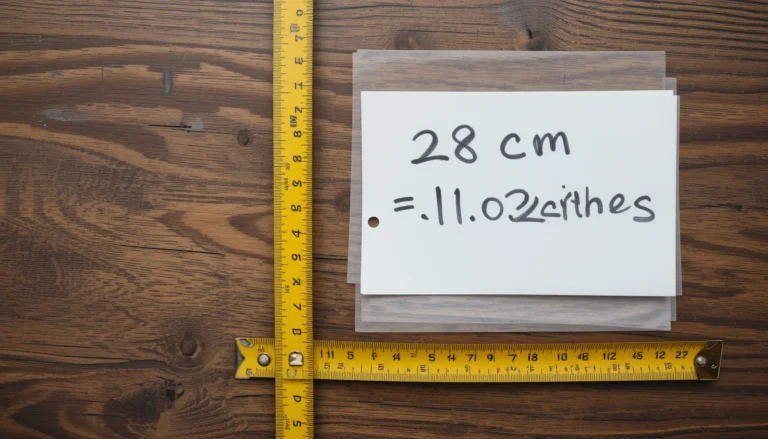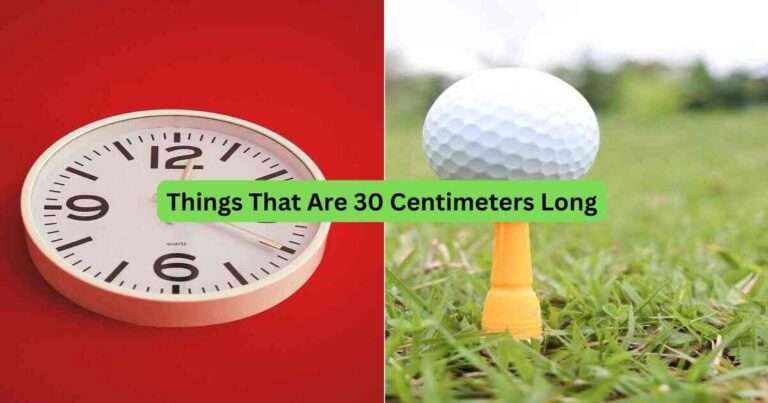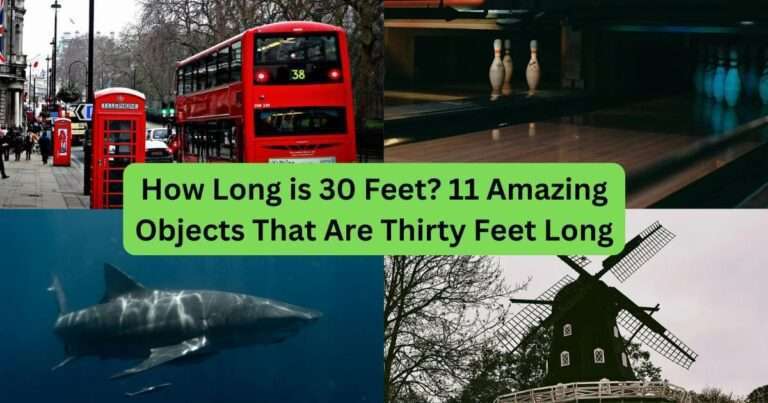Have you ever tried to picture exactly how long 3 feet is? It’s one of those measurements that seems simple but is surprisingly hard to visualize.
Whether trying to gauge how much space you have for furniture or figuring out if something will fit, understanding 3 feet can make all the difference. It’s a measurement we use every day without even thinking about it.
I remember struggling to measure out space for a new bookshelf, and it wasn’t until I used my own stride to compare that it clicked—three feet is roughly the length of a big step.
In this post, you’ll find 11 everyday objects three feet long, giving you a clearer picture of this standard measurement. Ready to see it in action? Let’s jump in!
How Long is 3 Feet?
Three feet is the same as 36 inches or 1 yard, which is commonly used in the U.S. In the metric system, it’s equivalent to 0.91 meters; in centimeters, that’s 91.44 cm.
To help visualize 3 feet, think of three standard rulers lined up or the length of a guitar. It’s also about the size of a traffic cone.
This length is handy for many everyday tasks, like measuring fabric, fitting a shower curtain rod, or planning a small dining table. Understanding how long 3 feet is, whether in inches, meters, or centimeters, gives you a clearer sense of size in different settings and measurement systems.
How Tall is 3 Feet Compared to a Human?
Three feet is about a toddler’s height or an adult’s average hip height. For someone who is 5’9″, 3 feet would typically reach just above the waist. This makes it a useful benchmark when designing furniture, playrooms, or pediatric spaces that need to be safe and comfortable for kids.
In classrooms or at home, 3 feet is suitable for small desks, gates, or items meant for children. It’s also helpful when decorating or measuring spaces where children stand or play.
This measurement is often used in ergonomic planning, especially when considering access, comfort, and proportion for both children and adults.
11 Common Items That Measure 3 Feet in Length
Among the items that are exactly three feet long are a baseball bat, an acoustic guitar, and a yardstick. Here are a few amazing things you might find around the house or in a store.
1. Yardsticks
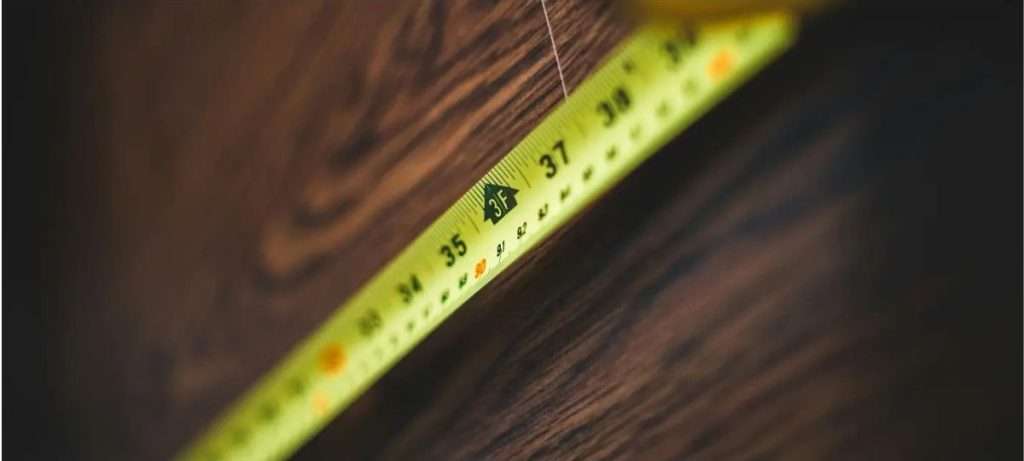
A yardstick is a straightforward measurement tool, exactly 3 feet long. It typically measures 36 inches × 1 inch × 0.125 inches in size.
Made from wood, plastic, or metal, yardsticks draw straight lines and measure longer distances than a regular 12-inch ruler. They are great for measuring objects in crafting, woodworking, and large projects where stability matters.
They’re marked with black numbers and red tick marks for easy reading. Professionals, students, and DIY enthusiasts use them because they offer accuracy and durability. Some are foldable or jointed for better storage.
Yardsticks are also helpful for teaching kids about measurement units like feet and inches in educational environments. They are practical tools for crafting and woodworking, and some are foldable for storage.
2. Acoustic Guitar
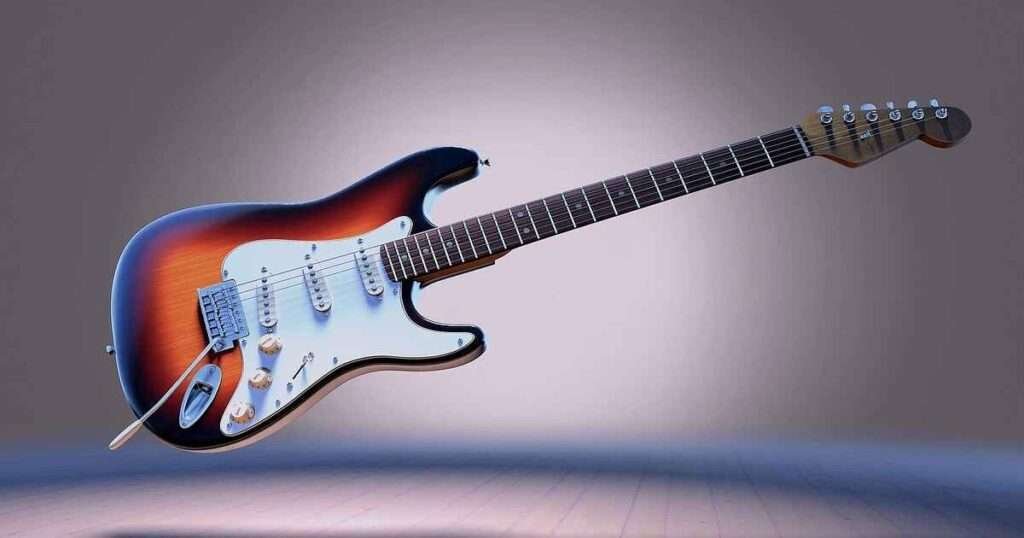
An acoustic guitar typically measures about 3 feet in length from the headstock down toward the body. Body size plays a crucial role in sound production, with larger bodies producing richer tones.
These guitars are designed for sitting and standing, offering balance and comfort. They come in different sizes, including smaller models ideal for kids or beginners.
The design influences portability, making them easy to carry for practice or performances. High-end brands offer custom guitars with unique tonal qualities, allowing players to choose instruments that match their style and comfort preferences.
Whether you’re just starting or a seasoned player, the 3-foot length helps achieve optimal sound quality and playability.
3. Baseball Bat
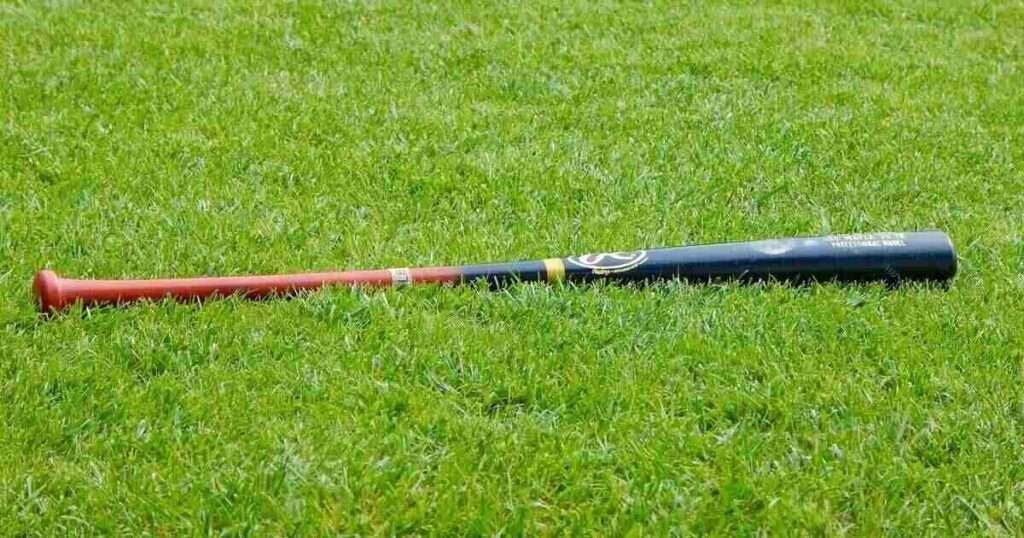
A baseball bat adults use in professional leagues is often around 3 feet long or 36 inches long. Most standard bats range between 32 and 34 inches, though some can be as short as 24 inches or as long as 42 inches.
The bat’s diameter is about 2.5 inches (6.35 cm), and the weight typically falls between 28 and 32 ounces. These measurements are crucial for power, swing mechanics, and control during play.
Whether it’s a bat from Babe Ruth’s era or modern models, the size and weight influence the speed, strength, and precision of the player’s swing. The bat’s length and weight work together with the player’s balance and strength to achieve optimum performance.
Read Also >> 12 Common Items That are One Meter Long
4. 3 to 4 Years Child
At the age of 3 to 4 years, children typically grow to about 3 feet in height. According to the National Health Services, the average height for a 3 to 4-year-old boy is between 35.5 inches and 43.5 inches, while girls tend to be shorter.
This is when a child’s height can double, reaching up to around 3 feet tall, marking a key milestone. This is a crucial developmental stage where children gain strength, coordination, and motor skills, allowing them to jump, climb, and balance with increasing confidence.
This height reference is a benchmark for caregivers and health professionals to assess the child’s physical progress, which plays a key role in their overall development and future learning.
5. Half a Man’s Height

When considering the height of 3 feet, it’s helpful to think half the height of an average adult man. For instance, if an adult man is around 5 feet 10 inches to 6 feet, half of that would be close to 3 feet. This intuitive reference helps estimate measurements in spaces like homes or public areas.
It helps design ergonomic spaces, such as kitchen counters, workbenches, or garden fences, ensuring comfort and functionality for everyday tasks.
Additionally, this measurement is essential when planning installations like handrails or window heights to meet accessibility standards. It ensures that features align with the human scale, making spaces more usable and efficient for everyone.
6. Traffic Cones

Traffic cones are typically 3 feet tall, which ensures drivers and pedestrians can easily see them. Their bright orange color and reflective strips improve visibility, especially in low-light conditions or during roadwork.
These safety devices are lightweight, portable, and made from durable materials like plastic and rubber, making them essential for construction zones and traffic management.
They are critical for roadwork and maintenance, ensuring safe passage through construction zones. With their stability and reflectiveness, traffic cones are vital for directing and protecting drivers and pedestrians.
7. Width of a Small Dining Table

A small dining table typically has a width of about 3 feet, making it perfect for intimate, comfortable dining spaces. This size is ideal for 2 to 4 diners and fits well in compact areas like cozy kitchen nooks or modern apartments. The 3-foot width allows for easy place settings and ensures a comfortable conversation distance between diners.
This table size balances practicality and style when designing dining spaces. Whether for daily meals or casual entertaining, a small dining table creates an inviting atmosphere in the heart of the home. Its compact dimensions maximize space efficiency while offering a functional, cozy setting for shared moments.
Read Also >> 9 Common Things That Are 26 Inches Long
8. The Standard Width of a Doorway

The standard width for interior doorways in many homes, especially in the United States, is 3 feet, while the standard height is typically around 6 feet 8 inches.
This dimension is essential for ensuring smooth passage for people, furniture, and mobility aids like wheelchairs. It provides an ideal measurement for easy movement through doorways, whether you’re moving large items like sofas and tables or navigating daily tasks.
When renovating a home, getting the correct measurements is crucial for enhancing accessibility and functionality. The 36-inch width is a practical size that helps make homes feel more open, accessible, and manageable, improving the flow and design of spaces.
9. Irish Wolfhound Dog

10. Three Rulers
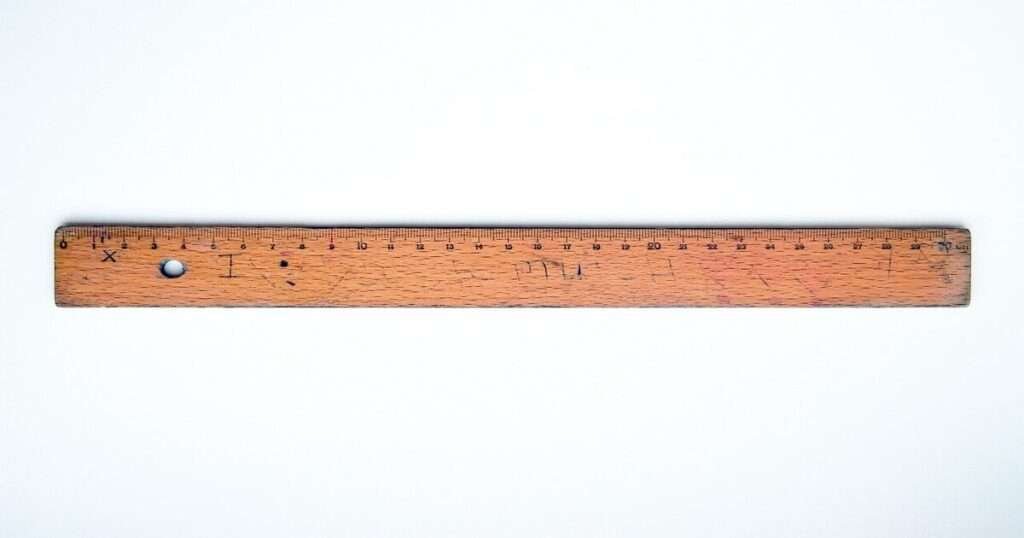
Three Rulers placed end-to-end form a perfect visual of 3 feet or 36 inches in total length. Each standard ruler is 12 inches (1 foot) long, about 1.25 inches wide, and 1/8 inch thick.
Combined, they span a linear distance of 3 feet, making this setup an easy and relatable way to understand measurement. This method is beneficial in classrooms where students learn about imperial units.
Rulers are common tools in schools, offices, and craft rooms, and their familiar shape makes them ideal teaching aids. It’s a hands-on, memorable approach to building confidence in measuring and understanding distances.
11. Emperor Penguins

Emperor penguins are remarkable birds that stand between 3 and 4 feet tall, making them a perfect real-life reference for understanding measurements of 3 feet.
These birds weigh between 49 and 99 pounds, with their black and white feathers highlighted by bright orange markings. Their unique colors help them absorb heat, and the thick layer of fat beneath their feathers provides insulation to survive the cold.
These penguins are perfectly designed for extreme cold. Their size, around 3 feet in height, and special adaptations allow them to stay warm and thrive in harsh conditions. Their impressive stature and survival skills make them one of nature’s most remarkable animals.
Why 3 Feet Matters in Design
Designers often find that a measurement of 3 feet holds value when crafting functional spaces. It’s a measurement that aligns with ergonomic principles, ensuring comfort and accessibility. Imagine a small dining table, precisely three feet, fitting snugly into a cozy nook, ready for shared meals.
Or envision a standard doorway, designed to facilitate seamless movement of furniture and people. This measurement fosters a harmonious blend of form and function. Embracing the 3-foot measurement in design can transform spaces into inviting, efficient environments.
Practical Applications of 3-Foot Measurements
Grasping the significance of a measurement that’s three feet unlocks various design possibilities. Picture a quaint folding table, perfect for picnics or crafting, with enough space for a hearty meal or an axe-throwing craft session. In home design, 3 feet helps plan accessible spaces, ensuring furniture fits without clutter.
Consider a spacious yet compact shower curtain rod that bridges comfort and function. Recognizing how 3-foot items integrate into daily life simplifies planning and enhances living areas. Understanding these furniture objects might be the secret to designing a harmonious home.
Conclusion
Visualizing what 3 feet looks like can be a real eye-opener. It’s like having a four-year-old standing beside you or stacking three yardsticks. Imagine the convenience of knowing this when buying a skateboard, guitar, or even a rolling suitcase. Who knew a traffic cone could help you picture that?
In design, 3 feet is a sweet spot. It’s the width of doorways and the height of crutches. Knowing these little details can make life simpler. Whether you’re redesigning a room or just curious, this measurement has practical value. So next time you see a yardstick or baseball bat, remember—they’re about 3 feet long!
Frequently Asked Questions
1. How tall do Irish Wolfhounds typically stand?
Males usually stand around 32 to 34 inches, while females range from 30 inches, making them one of the tallest dog breeds.
2. What is the typical length of a standard adult baseball bat?
A typical adult baseball bat is around 3 feet long, crucial for achieving the ideal balance and speed during swings.
3. What are the common dimensions of a small dining table?
A small dining table typically has a width of 3 feet, making it ideal for compact spaces while allowing for an intimate dining experience.



